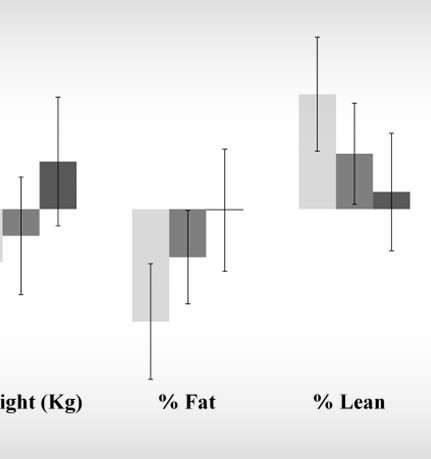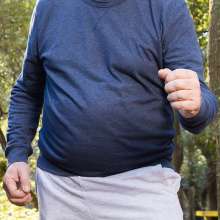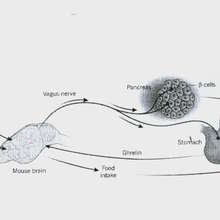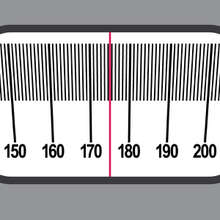Background
With recent identification of over 30 Body Mass Index (BMI)-associated genetic variants called single nucleotide polymorphisms (SNPs), researchers were able to investigate how genetic factors interact with exercise to affect outcomes such as weight loss and changes in body composition.
The study
In this study, published in the International Journal of Obesity, researchers analyzed genetic markers of 148 women between the ages of 35-65 years old, who participated in a year-long randomized trial. Genetic risk for obesity for each of the participant was calculated and scored based on 21 of the SNPs associated with normal BMI variation.
During the study period, participants were asked not to change their diet, and intake was recorded from time to time. Of the participants, 84 were engaged in supervised, high-intensity resistance training and moderate impact weight-bearing exercise for 75 minutes, three days a week for 12 months.
Changes in body weight, total body fat, fat percentage, abdominal fat, lean soft tissue and percentage soft tissue were examined.
Result
Researchers observed greater increases in lean soft tissue and % soft tissue, and greater decreases in fat and % fat in the exercise group compared to the control group. They also found that weight loss and body composition response to resistance exercise differ according to the participant's genetic risk score for obesity.
Those at a lower risk for obesity benefit most in terms of weight loss and body composition results from the exercise.




